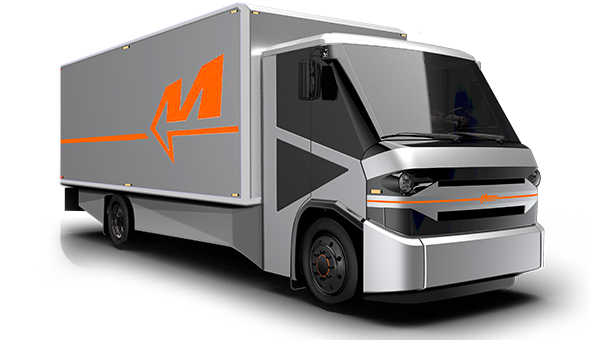The Future will be Quiet
U.S. cities can be very loud places. Between the sounds of car horns, sirens, truck traffic, and people yelling, background-noise levels can regularly reach 70 decibels—about as loud as the drone of a vacuum cleaner at close range. That much noise pollution isn’t just annoying; it can heighten stress, disrupt your sleep, and even lead to heart disease. Researchers at the University of Michigan estimate that about one-third of Americans are exposed to harmful noise, and might be at risk of noise-related health problems.
While countries in Europe have enforced stringent national noise standards, Americans have for the most part just made more noise; last year, more than 340,000 noise complaints were filed in New York City alone. But there are signs that people in the U.S. are getting serious about the problem, and new technologies can help. Here’s how the cities and suburbs of the future could become quieter, more peaceful places.
Because electric engines are all but silent, the push for greater fuel efficiency could mean not just cleaner air but quieter streets. If electric cars become more popular (or are mandated by the government), “the whole soundscape of our cities would change rapidly,” Holger Schulze, a musicology professor and the principal investigator at the Sound Studies Lab at the University of Copenhagen, told me. Car horns and sirens could be made quieter, too, because they wouldn’t have to drown out revving engines. Noises like bicycle bells and people’s voices might become the dominant sounds of a city.
Governments and businesses are already switching to electric fleets. Jim Castelaz, the founder and CEO of Motiv, a California company that manufactures power trains for large electric vehicles, told me that parents now sometimes ask drivers of electric school buses to honk when dropping children off, because they can’t hear the buses coming. (Electric and hybrid vehicles may actually be too quiet; the National Highway Traffic Safety Administration is working on new rules that will require such vehicles to make a minimum amount of noise at low speeds so that pedestrians can hear them coming.)


